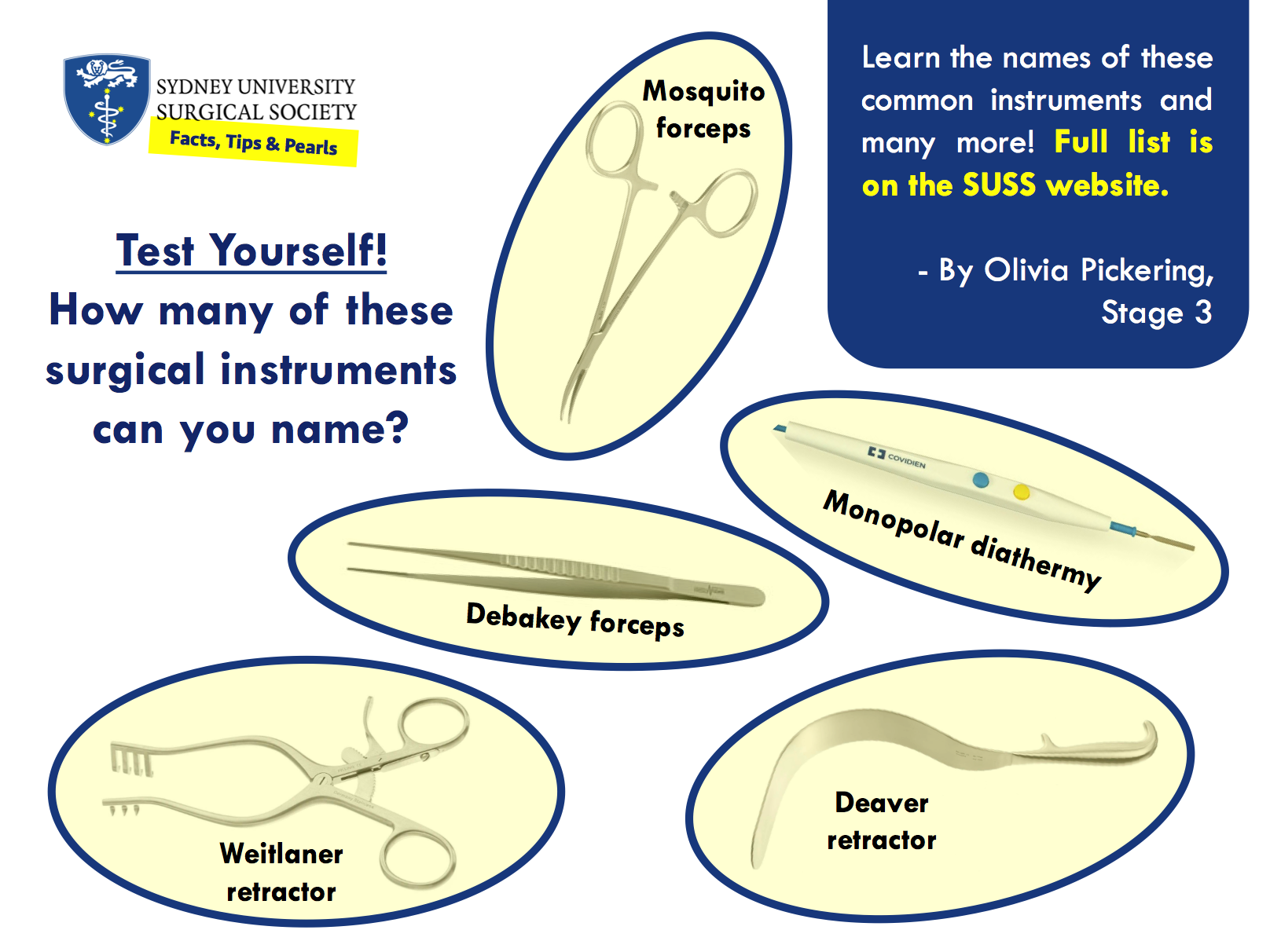| DeBakey forceps |
 |
Non-toothed dissecting forceps designed for use on blood vessels |
| Adsons forceps |
 |
Toothed tissue forceps for holding and manipulating delicate tissues |
| Allis forceps |
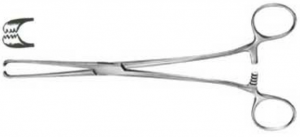 |
Used to hold or grasp heavy tissue. Also used to grasp fascia and soft tissues such as breast or bowel tissue. Due to the sharp teeth they can cause damage, so are mainly used in tissue about to be removed. |
| Babcock forceps |
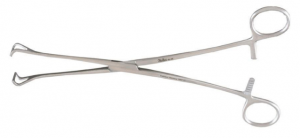 |
Similar to Allis but cause less trauma. Non-perforating forceps used to grasp delicate tissue in laser procedures. Frequently used in intestinal and laparotomy procedures. |
| Kelly forceps |
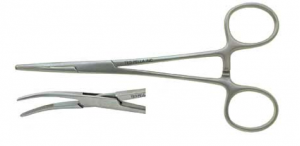 |
Primarily used for clamping large blood vessels or manipulating heavy tissue. May also be used for soft tissue dissection. Available curved or straight. The jaws are 1/3 the length of the shanks and serrations are 1/2 the length of the jaws. |
| Mosquito forceps |
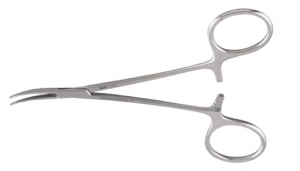 |
Used in multiple procedures as a hemostat for small blood vessels. Toothed variation available for grasping delicate tissue in skin grafting, biopsies, or ophthalmologic procedures. Known for their fine tips, and short, fully serrated jaws. Available curved or straight. |
| Right angle forceps |
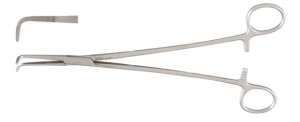 |
Commonly used for working in obscured surgical sites. Most frequently used for clamping, dissection, or grasping tissue. |
| Kocher forceps |
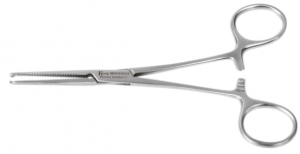 |
Heavy instrument designed to aggressively grasp medium to heavy tissue or occlude heavy, dense vessels. Horizontal serrations the entire length of the jaw as well as 1 X 2 teeth at the tip. |
